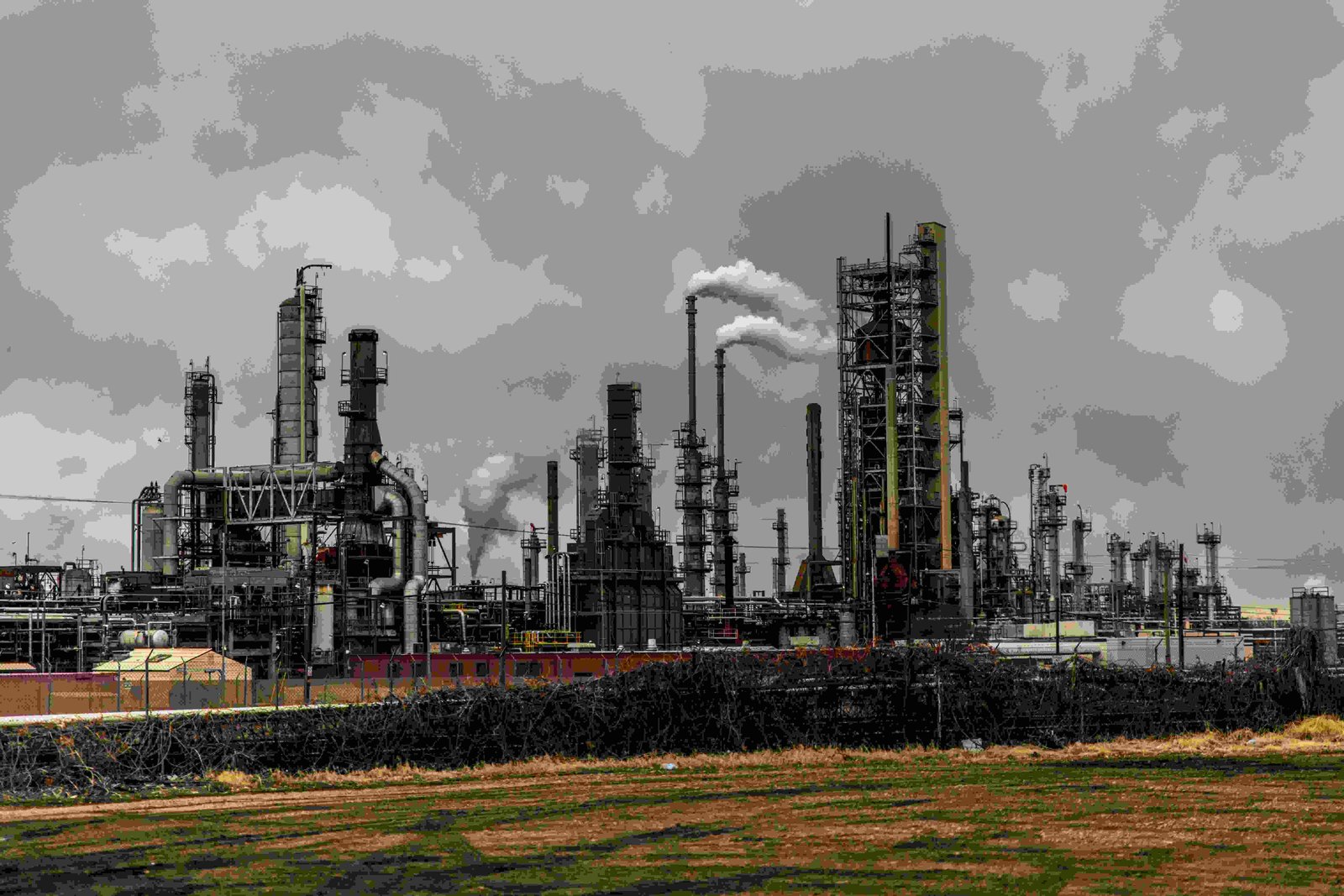In our modern world, artificial light is everywhere—from streetlights and billboards to glowing office buildings and illuminated homes. While light at night is often seen as a hallmark of progress and safety, the excessive and inappropriate use of artificial lighting is creating a phenomenon known as light pollution. This silent disruptor impacts our environment, health, and even our connection to the universe.
As urbanization and industrialization continue to expand, understanding the effects of light pollution becomes critical. This article explores its consequences, the challenges it poses, and the steps we can take to mitigate its impact.
Light pollution occurs when artificial light overpowers the natural darkness of the night sky. It is categorized into four main types:
These types of light pollution collectively result in a world where darkness, an essential natural resource, is increasingly scarce.
.jpg)
Impact on Wildlife and EcosystemsThe effects of light pollution extend beyond human concerns; they significantly impact wildlife and ecosystems:
Health Implications for Humans Light pollution is not just an environmental issue; it also poses health risks for humans:

Energy Waste and Economic Costs The excessive use of artificial lighting not only harms the environment but also leads to significant energy waste:
Taking Action Against Light Pollution Fortunately, light pollution is a reversible issue, and there are steps individuals and communities can take to mitigate its effects:
Conclusion Night light pollution is a pressing issue that affects our environment, health, and quality of life. By understanding its causes and consequences, we can take meaningful steps to reduce its impact. Through collective action and increased awareness, we can work towards restoring the beauty of our night skies and protecting the delicate balance of our ecosystems. It is essential to recognize that each of us has a role to play in combating light pollution, ensuring a healthier planet for future generations.



